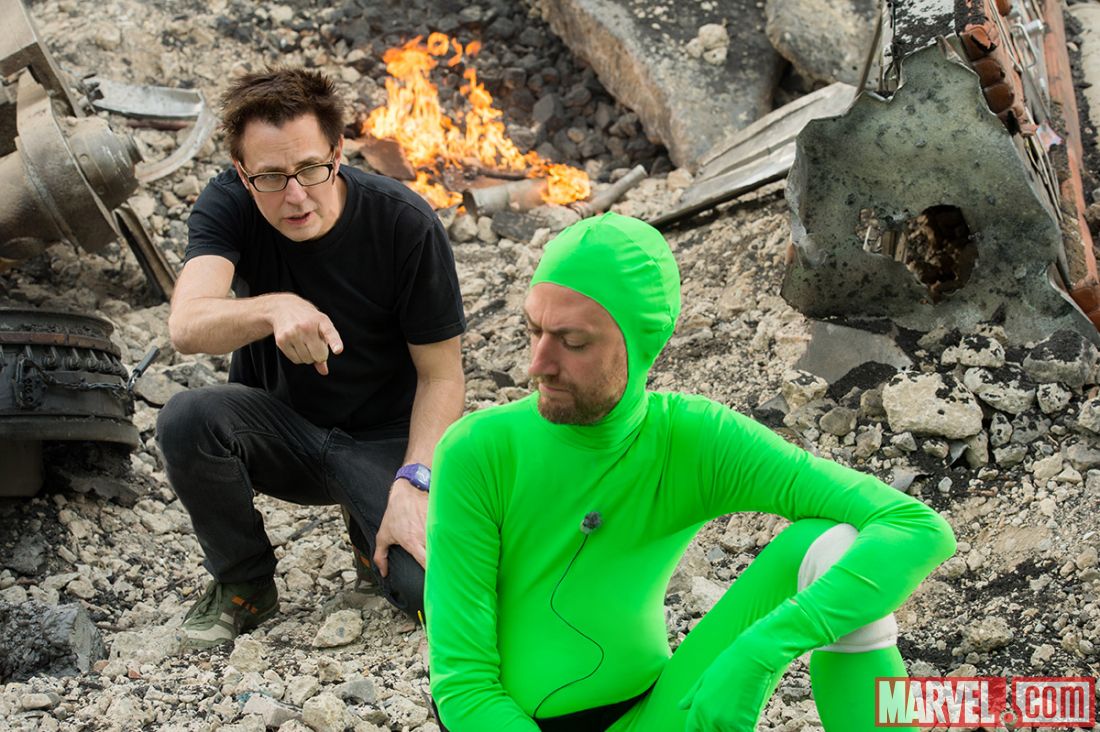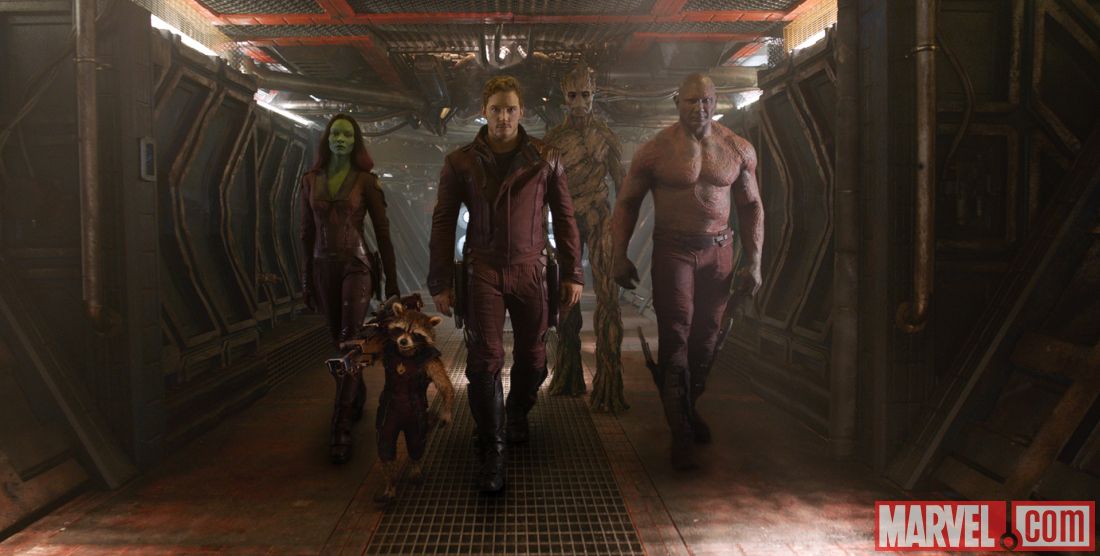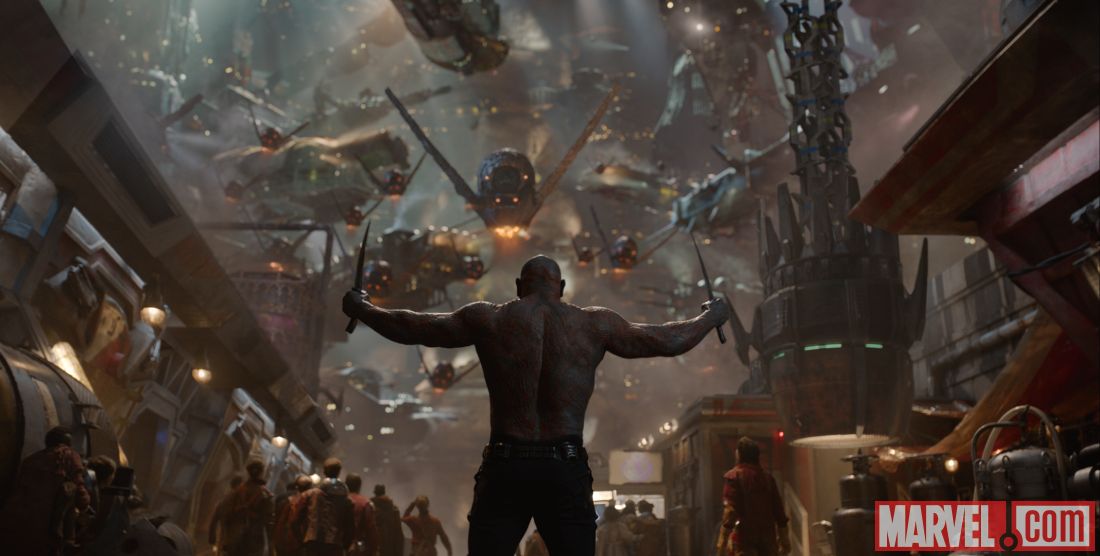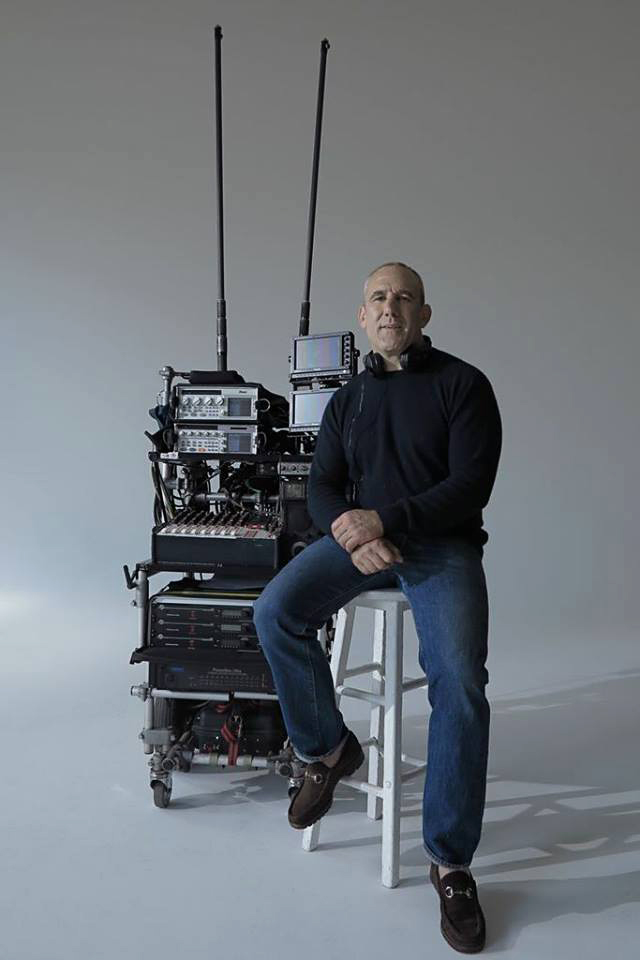
GUARDIANS OF SOUND

Marvel’s Guardians of the Galaxy (directed by James Gunn) was easily the biggest film of the 2014 US summer (Australian winter), raking in over US$668Mil in worldwide box office since its release in August (Box Office Mojo).
But films like GotG aren’t all space ships, aliens and laser guns, they need some pretty sophisticated sound to go along with all that screen action. And the most important component to any sound design is clean and clear dialogue.
When shooting GotG, Oscar-winning Production Sound Mixer, Simon Hayes decided to use DPA d:screet 4061 and 4071 miniature lavalier mics to record dialogue. He’d first used the mics when working as Production Sound Mixer for the film adaptation of Mamma Mia, back in 2008 and has used them on every film he’s worked on since then; including Les Miserables (for which Hayes picked up the Oscar and BAFTA for Best Sound Mixing).
Director James Gunn’s vision for the film was to preserve the authenticity and emotion of the actors’ performances, so Hayes chose the miniature lavalier mics to allow movement for the actors on set and to provide clean dialogue at the point of shooting.

“It was clear from the first meeting with James Gunn that he wanted to capture original performances, which of course isn’t always easy when you’re talking about large budget special effects and action-driven visual effects type movies,” Hayes says.
“We knew that we were going to be shooting three or four cameras at all times so the DPAs took precedence over the booms on a lot of scenes. This meant that, in the final mix, at least 75% of the dialogue that made its way into the movie was recorded on [d:screet] 4071s and [d:screet] 4061s.”
Leading man Chris Pratt was fitted with the d:screet 4061 omnidirectional mic. “We felt that the 4061 added a little something extra in the bass region for his voice, which was quite exciting,” Hayes continues. “All of the other characters used 4071s on their chest rigs and if we were rigging microphones in their hair or in their helmets, we used 4061s to increase the bass.”

The sets for GotG were never going to be small, so set designer Charlie Woods housed the film sets in old Ministry of Defence buildings to allow enough space. However, the old buildings presented Hayes with a few hurdles to overcome sound-wise.
“That kind of environment isn’t as easy to record sound in as a sound stage, so I had a lot of background noise and a lot of reverb to contend with,” he says. Recording with lavalier mics took a lot of those issues away, as Hayes said ” [the] mics excelled at rejecting that reverb and just capturing dry, up-front vocals for me.”

One of the big difference of GotG to the usual superhero film genre is its esoteric 70’s soundtrack, which was integral to the way the sound was mixed. Hayes explains why this was a huge consideration when recording:
“Mixed in with the huge space sound-effects that the sound design team built for us, we really wanted close-up dry dialogue so that we could push the music and the effects harder” says Hayes, who collaborated closely with Alexandra Byrne (costume designer) and Dan Grace (costume supervisor) to design the mic placements used within the actors’ costumes.
“We had some really interesting rigs. For instance, Lee Pace, who plays Ronan, was wearing a helmet for his whole performance and we actually placed two 4061 mics into the helmet because the microphones were creating a tiny bulge. We wanted to have the bulge uniform, so we put one above each eyebrow, which not only gave a uniform look to the helmet, but it also gave us the opportunity to have two tracks running on Lee Pace’s dialogue.”

Ronan has a particularly dynamic part in the film, as Hayes continues: “This placement allowed Lee Pace more creativity in the way that he was playing Ronan and I was able to assure him that because we had the two 4061 mics on him, he could literally go from a whisper to a shout without us having any trouble whatsoever.”
Dave Bautista, whose character Drax the Destroyer goes through the whole film topless, presented another challenge altogether.

“We collaborated with the Special Makeup FX department and were able to have a 4071 basically rigged into the special makeup effects, which was applied to his upper body so it became part of a scar in the middle of his solar plexus,” Hayes says. “This meant that even though we had a topless man through the whole movie, in every single scene we were able to have a perfectly placed 4071.”
You can hear more of Hayes work in the upcoming releases Before I Go To Sleep, directed by Rowan Joffé (starring Nicole Kidman and Colin Firth, Tarzan, directed by David Yates (starring Alexander Skarsgård and Margot Robbie) and Kingsman: The Secret Service, directed by Matthew Vaughn (starring Samuel L. Jackson, Mark Hamill and Colin Firth).
Guardians of the Galaxy 2 has been slated for release in 2017.

DPA Australian Distributer: Amber Technology
1800 251 367 www.ambertech.com.au
[email protected]
Excerpts from PR
















RESPONSES